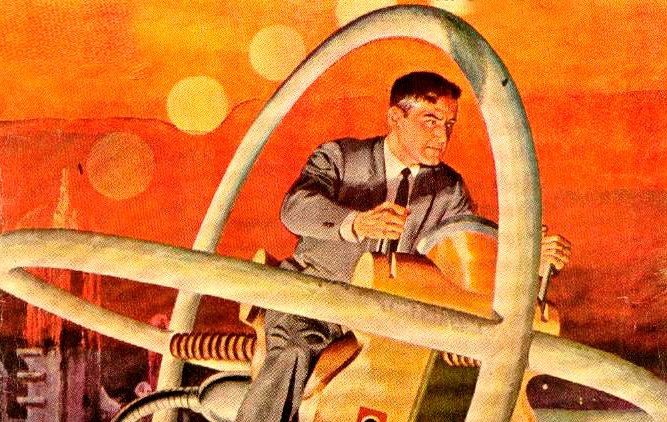The future seldom arrives in a hurry, which is usually a good thing from a practical standpoint. Today and tomorrow don’t always mix so well.
In an opinion piece at The Conversation, David Glance of the University of Western Australia argues that fears of near-term technological unemployment are overstated. He may be right in the big picture, but if just one significant area is realized in short order, defying business-as-usual stasis–driverless cars is the most obvious example–a large swath of Labor will be blown sideways.
From Glance:
The trouble with predicting the future is that the more dramatic the prediction the more likely the media will pick it up and amplify it in the social media-fed echo chamber. What is far less likely to be reported are the predictions that emphasise that it is unlikely that things will change that radically because the of the massive inertia that is built into industry, governments and the general workers’ appetite for change.
Economists at the OECD may have another explanation for why it is unwise to equate the fact that something “could” be done with the fact that it “will” be done. In a report on the future of productivity, the authors detail how it is only a small number of “frontier companies” have managed to implement changes to achieve high levels of productivity growth. The companies that haven’t achieved anywhere near the same productivity growth are the “non-frontier companies” or simply “laggards.” The reasons for this are probably many but lack of leadership, vision, skills or ability may factor into it.
The point is that since 2000 many companies didn’t adopt technology and change their business processes to see improvements in productivity even though they clearly “could” have done.•
Tags: David Glance

